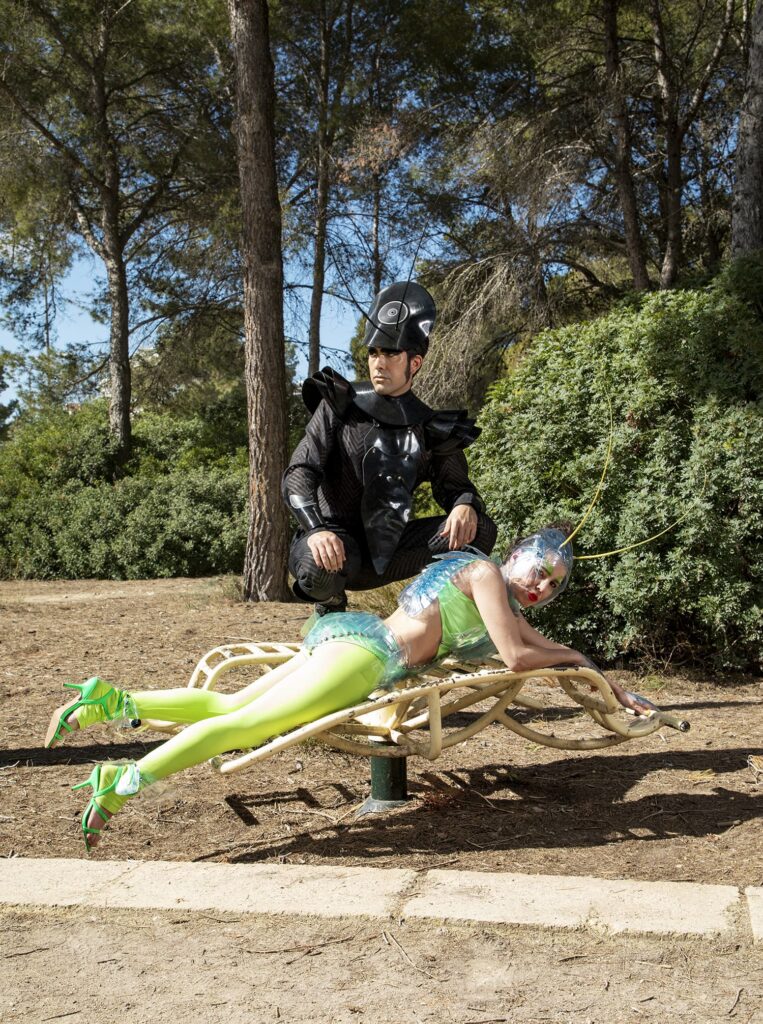Tuning into the Earth: listening to learn through ecoacoustics
At Rampa Lab we research and creatively work on ecoacoustics –the science including all the disciplines using natural soundscape as a source of scientific information, for environmental studies of the ecosystems.
At Rampa Lab we have collaborated with institutions and entities such as the University of the Balearic Islands (UIB), the Mediterranean Institute of Advanced Studies (CSIC-IMEDEA), the Balearic Museum of Natural Sciences (MBCN), Sound Earth Legacy, Observatori del Patrimoni Sonor (OPS), Andorra Recerca i Innovació, Université Rennes-2 (Bretagne) and Sonora (Portugal).

Jaume Reus has a BA in Environmental Science (Universitat de Girona).
At Rampa Lab we have professional hardware and software to produce professional field recordings. After obtaining our natural soundscapes or sounds, we analyze them at Rampa Studios to obtain scientific data and sound materials to develop both creative projects, research and environmental education projects concerning biodiversity, environmental values or sound heritage.
Digital collection of natural soundscapes recorded within the Serra de Tramuntana mountains, which are protected as a UNESCO World Heritage natural site. Xarxa Forestal, 2023. Xarxa Forestal, 2023.
Mallorca Sound Legacy selected Rampa Lab for a grant project to record Mallorca's landmark natural soundscapes, and Jaume Reus designed and created the sound materials for the project and a series of environmental education activities for a variety of audiences. The project is directed and funded by the Balearic Museum of Natural Science (MBCN), the Observatory of Sound Heritage (OPS) and Sound Earth Legacy (2022).
At Rampa Lab, we investigate the applications of ecoacoustics in the study of biodiversity, phonotaxonomy techniques, environmental education and creative processes. We participate in lectures and conferences at universities and knowledge dissemination centres in Europe to discuss the natural soundscape of ecosystems and non-human communication, and we contribute to the dissemination with scientific, informative and art-science publications.
The first sound guide of pollinating insects from around the world was published as part of the collection “Manuals for introduction to Nature” by the Balearic publishing house Moll. From Rampa Lab, under the direction of Dr. Anna Traveset from IMEDEA/CSIC, Jaume Reus Viver coordinated and designed this scientific dissemination guide on the islands' pollinators. The publication includes texts by Laia Malo, illustrations by Xavier Canyelles and a prologue by bioacoustician and sound recordist Eloïsa Matheu. Funded by Conselleria de Fons Universitat i Recerca.
A scientific paper written by Jaume Reus from Rampa Lab, where he provides the first record of this cricket species, obtained through a field recording and contributing to the use of bioacoustics as a taxonomic tool. Published by the SHNIB bulletin, No.65 (2022). Jaume Reus-Viver, 2022.
Combining his education on Environmental Science and his training as a musician, Jaume Reus formulates a series of activities and educational programs to encourage both young and adult audiences to listen attentively, while in a natural environment, and shares his appreciation of the natural soundscape as a valuable intangible heritage.
An activity for all non-expert audiences, consisting in a trekking sound trip, during which Jaume Reus guides the participants along a route of appreciation of our local soundscapes through attentive listening. Recently, we did it within the framework of “Forest Week 2023” in Menut (Mallorca).
At Rampa Lab, Jaume Reus has designed two educational programs focusing on environmental education and natural soundscape, which include field recordings and support materials for Primary School teachers and educators at natural parks. The first, commissioned by the association Tramuntana XXI, includes class and playground activities; the second includes activities both at the visitors' centre and within the Albufera Natural Park. The programs encourage attentive listening, curiosity towards nature and sound, and respect for the environment.

Funded by the European Union – NextGenerationUE
